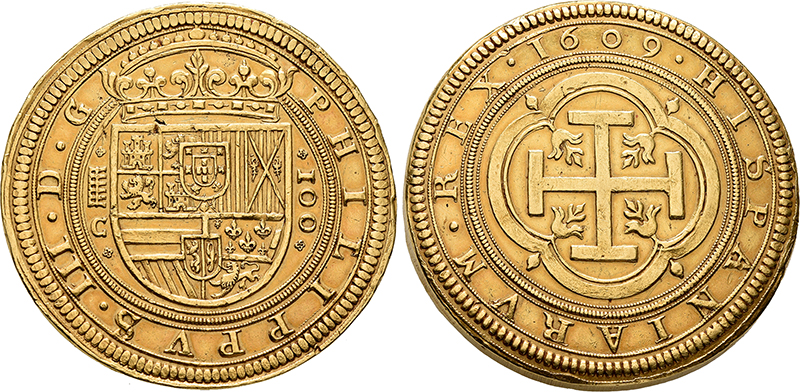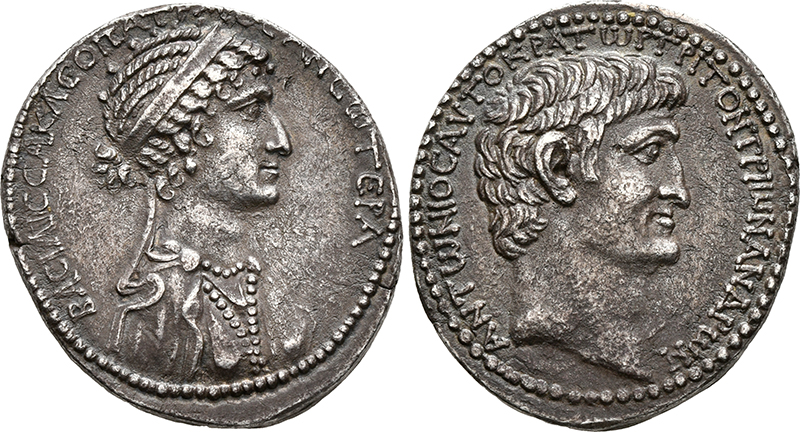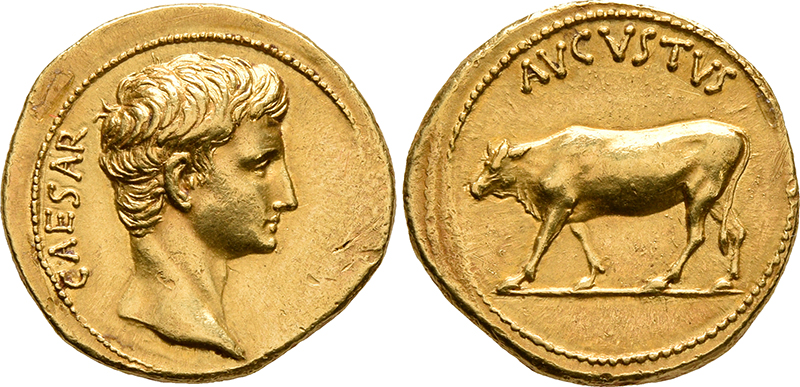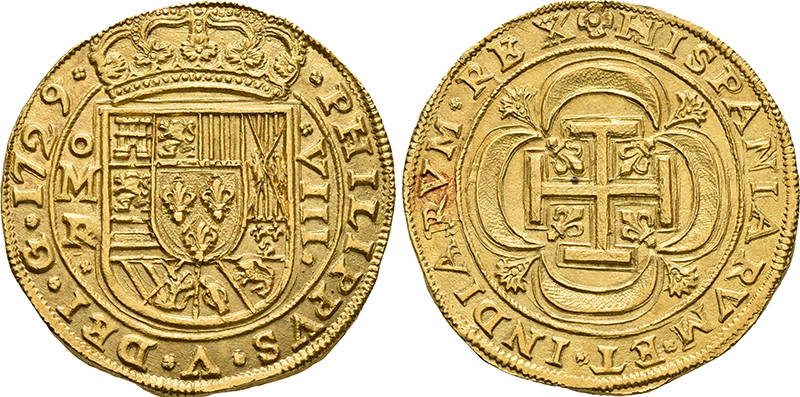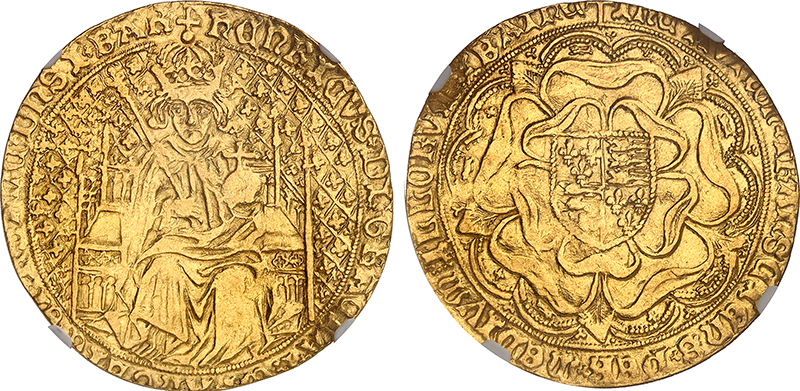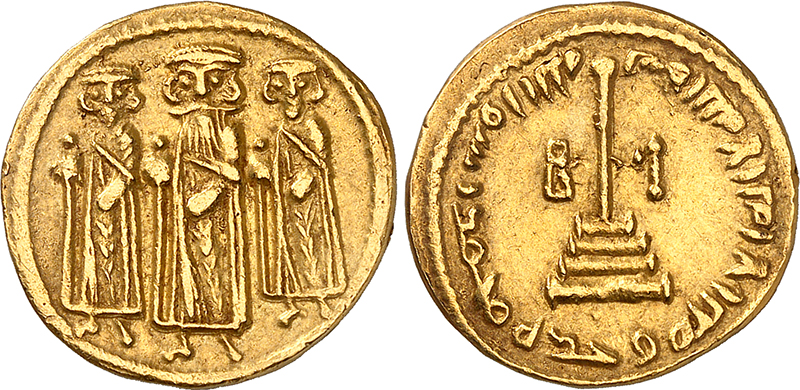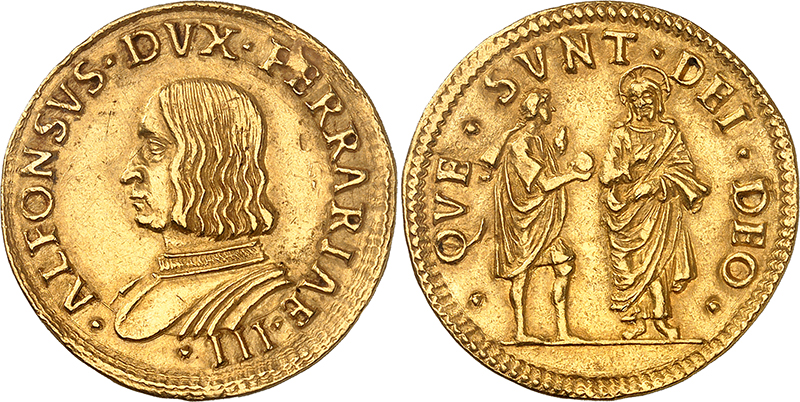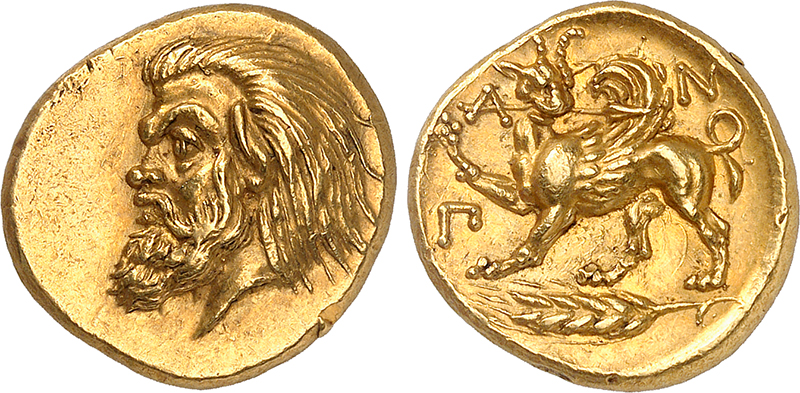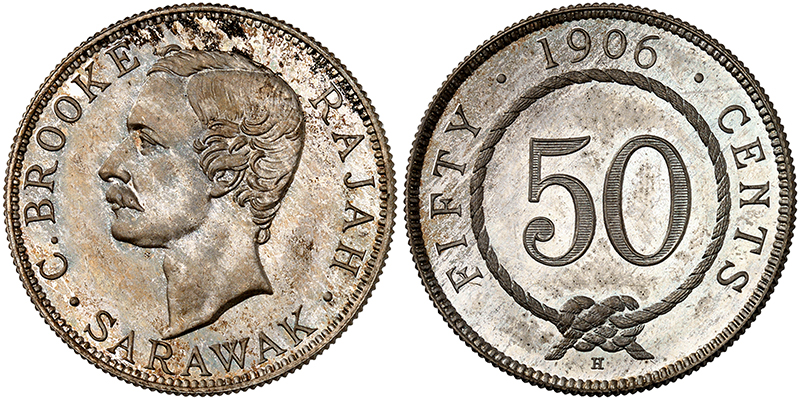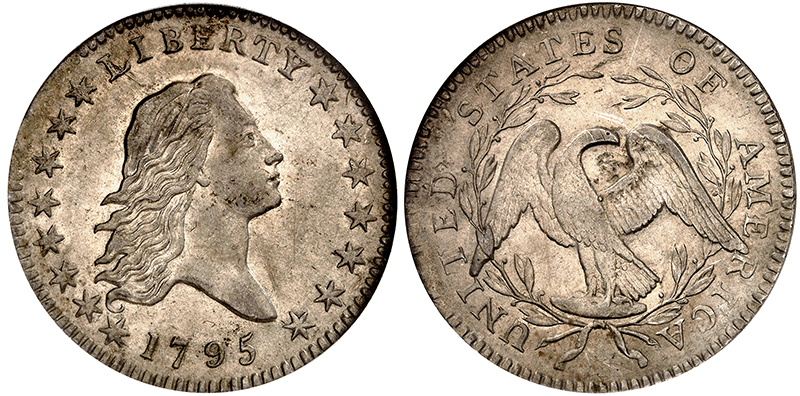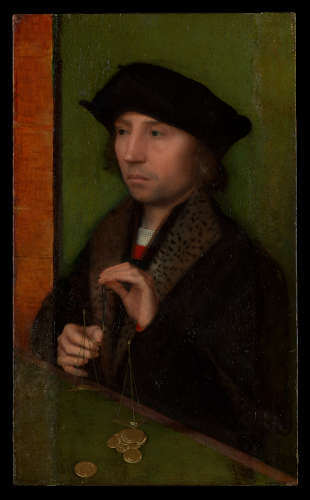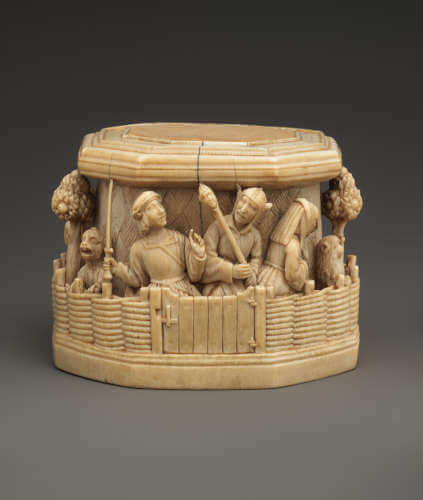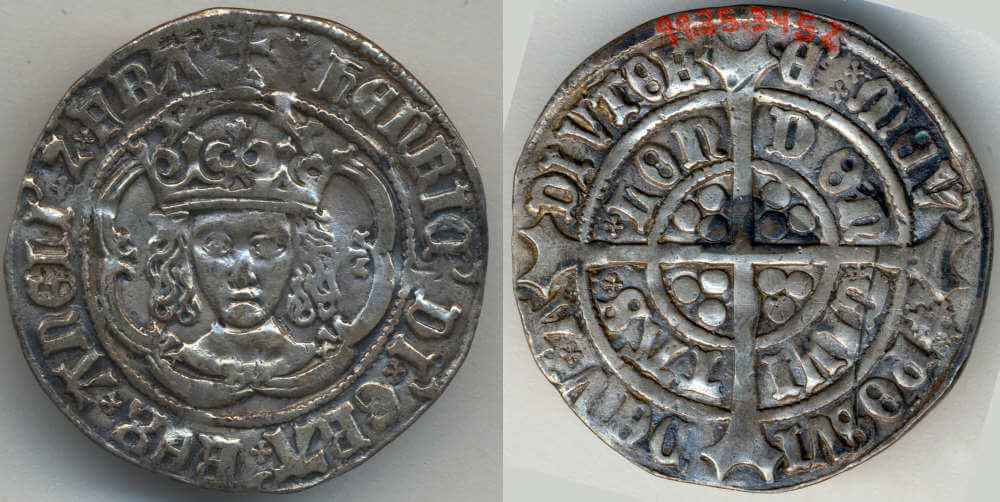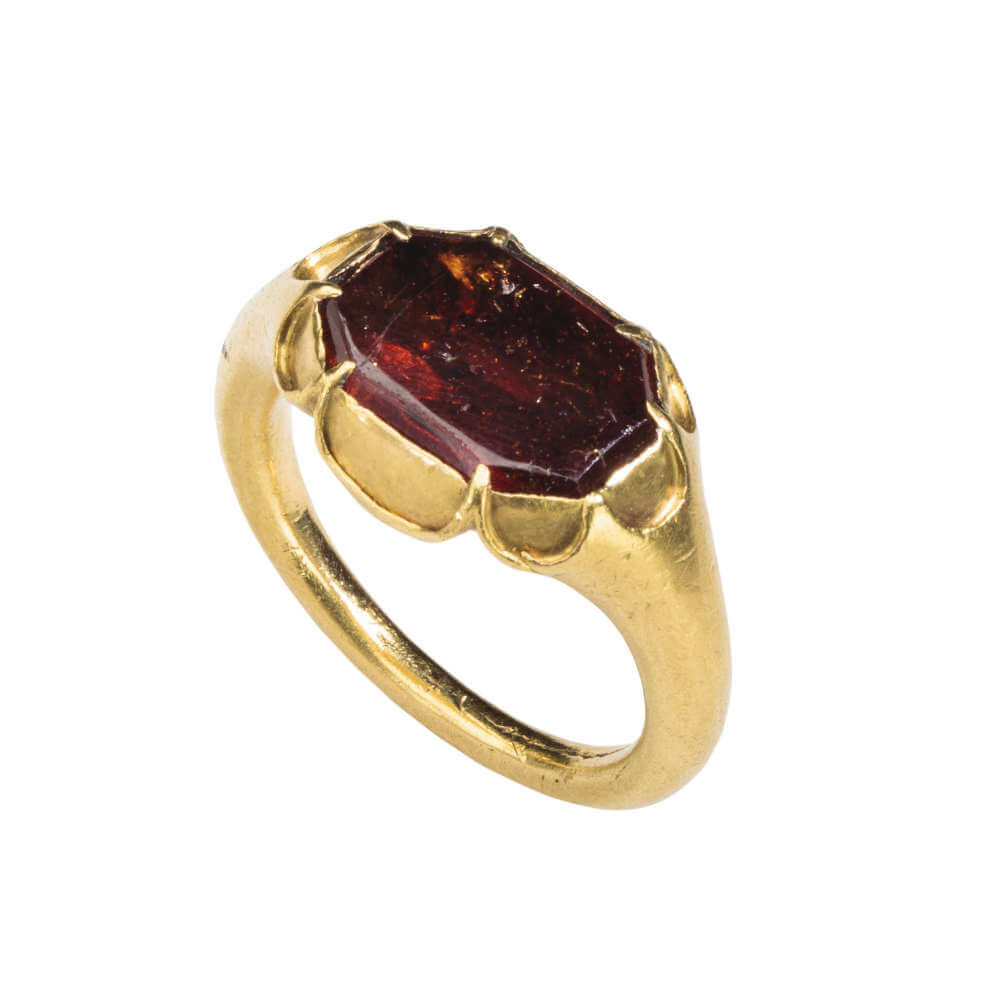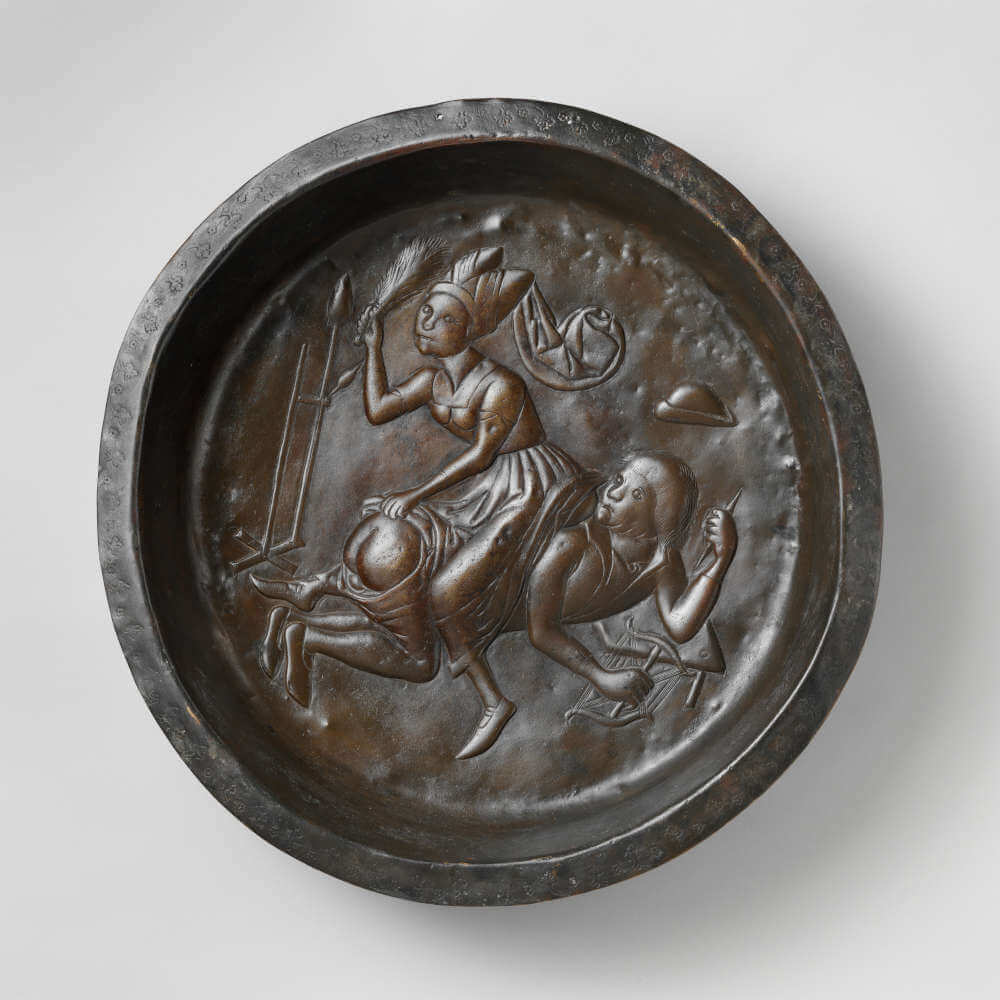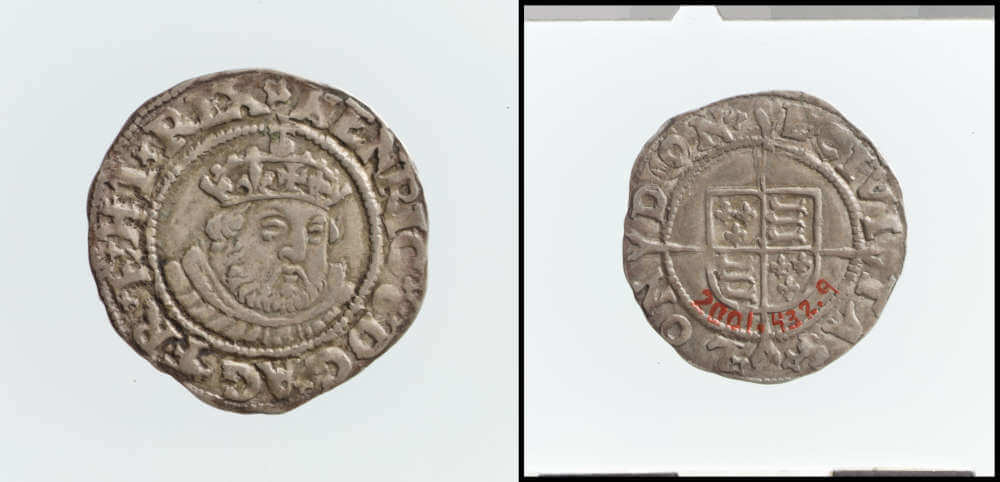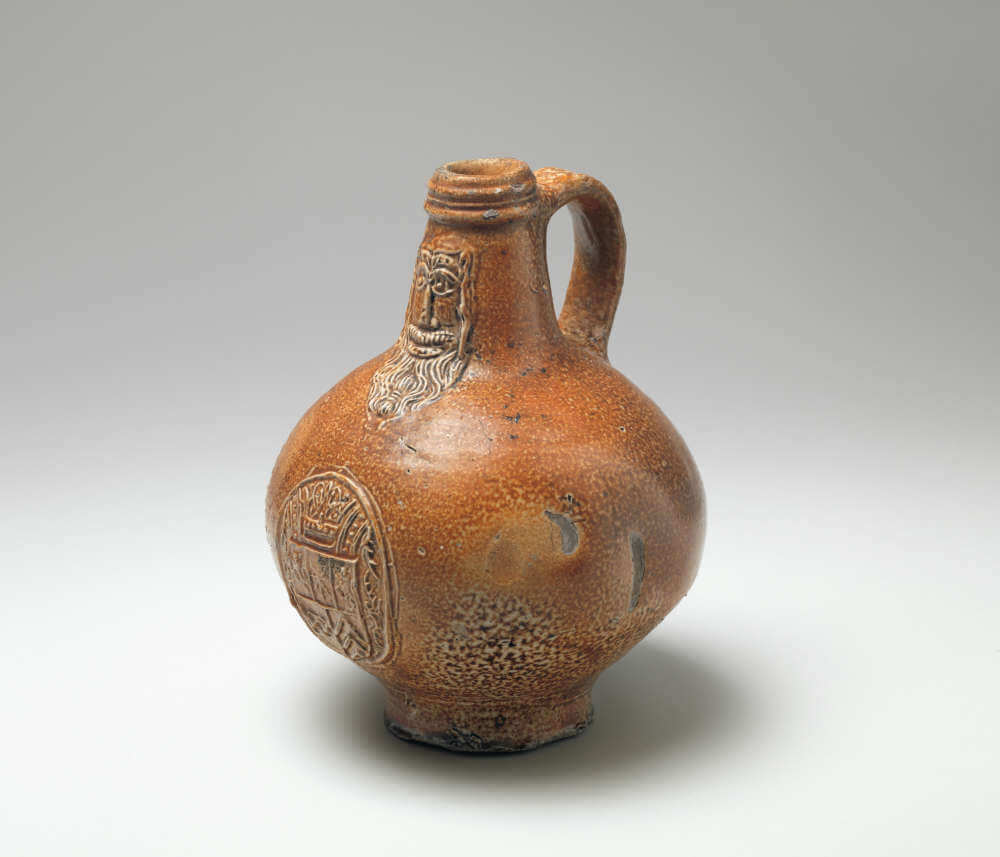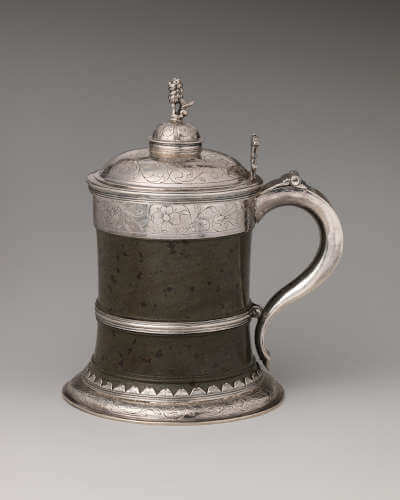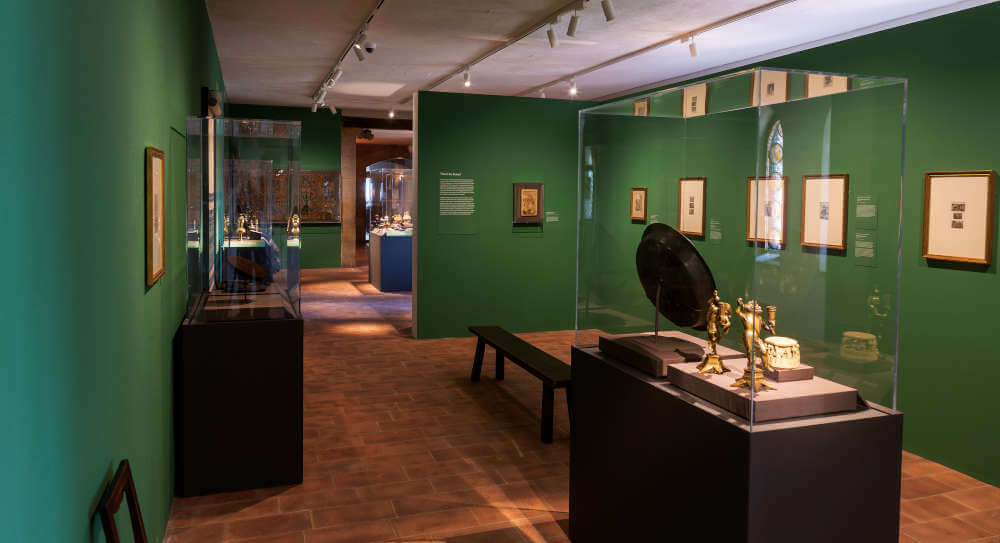Rich and Poor in Early Tudor England
For the emerging middle class in early Tudor England, the home served as both an assertion of social position and a form of self-expression. At The Met Cloisters, “Rich Man, Poor Man: Art, Class, and Commerce in a Late Medieval Town” explores this idea by looking at the house and tastes of one merchant in 16th-century Exeter.
Content
Featuring more than 50 works – textiles, prints, furnishings, and decorative arts objects – all from The Met collection, this exhibition offers a focused study of the intersection of art and class in an English city at its most prosperous moment. The exhibition is made possible by the Michel David-Weill Fund.
Max Hollein, Marina Kellen French Director of The Met, stated: “This exhibition provides fresh insight into the surprising and important role art played in shaping class identity in medieval England. The sculptures that are at the center of this exhibition are exceedingly rare, and it is exciting to see them given the scholarly attention they deserve.”
Henry Hamlyn, a two-time mayor and wealthy cloth merchant, was one of Exeter’s most prominent citizens. The home he commissioned in the early 16th century was a colorful anomaly amid the town’s traditional buildings. A surprising element of Hamlyn’s house consisted of large-scale sculptures depicting characters drawn from popular prints and bawdy tales: a jester, a quarreling couple, peasants, and musicians.
Deliberately rustic in both style and subject matter, the sculptures prompt questions about Hamlyn’s motivations: Why would he – one of Exeter’s most powerful residents – decorate the exterior of his home with images of the city’s least powerful? Did he intend a celebration of urban life, or was he making a statement about his place in the city?
The exhibition showcases new scholarship and conservation work on the sculptures, which have been in storage for more than a decade. Though they were purchased by The Met in the 1970s, it was only recently that their original patron and location were discovered. The Hamlyn house was a striking monument in the center of Exeter and even became a well-known tavern early in its history before its demolition in the mid-19th century. This exhibition provides an expanded understanding of where and how these works originally functioned and the impact they had on passersby. The exhibition is organized by Melanie Holcomb, Curator and Manager of Collection Strategy, Department of Medieval Art and The Cloisters at The Met.
Related Programs
The exhibition will be accompanied by a variety of education programs at The Met Cloisters. Programs include: Drop-in Drawing for all ages, Saturday Sketching for teens, a Family Afternoon, and a How Did They Do That? event, as well as lectures, gallery talks, and art-making workshops. Education programs are made possible by The Helen Clay Frick Foundation.
Since April 2023, the Trie Café at The Met Cloisters will offer a special menu of beers and dishes inspired by medieval taverns.







